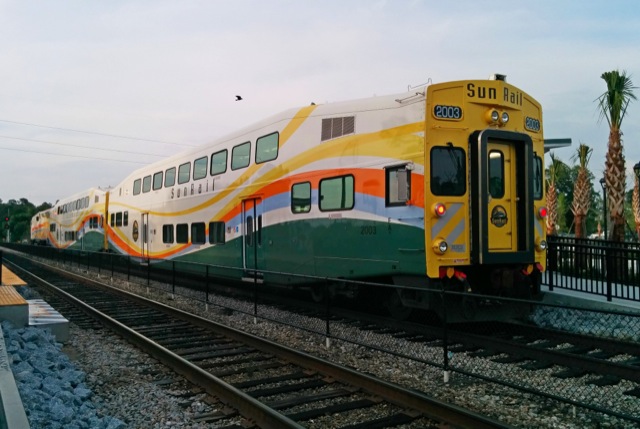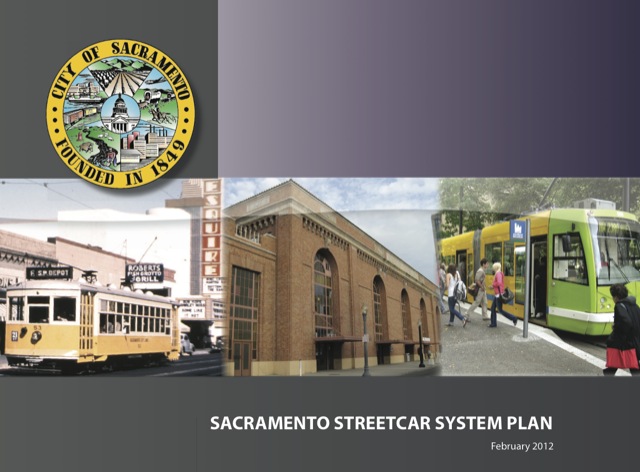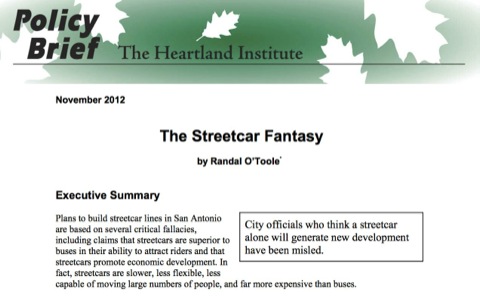Two more rail transit lines are following in the tracks of so many others that have failed to live up to planners’ promises. First, Orlando’s SunRail commuter train is “losing riders at an increasing pace.” The project, which cost a billion dollars and was built partly to persuade the federal government that Florida was serious about supporting an Orlando-Tampa high-speed rail line, has lost 27 percent of its riders since it opened.

SunRail Fail. Flickr photo by Buddahbless.
Second, Seattle’s seven-year-old South Lake Union Transit (SLUT) streetcar has continually failed to attracted the predicted number of riders. Both the SLUT and SunRail were counting on rider fares to help pay operating costs; the SLUT’s shortfall has required repeated bailouts of the line.









